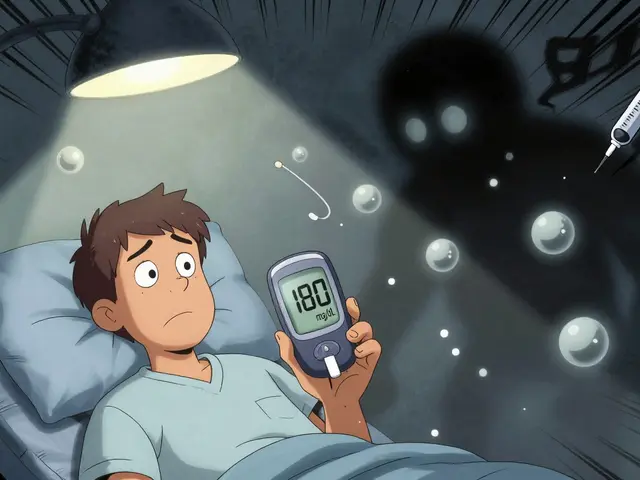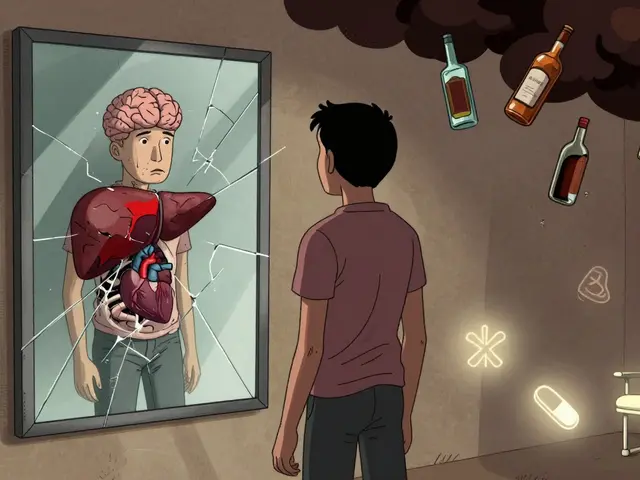PUVA Therapy: What It Is, How It Works, and What to Expect
When skin conditions like psoriasis, a chronic autoimmune disease that causes thick, scaly patches on the skin don’t respond to creams or pills, doctors often turn to PUVA therapy, a targeted light treatment that uses ultraviolet A rays combined with a light-sensitizing drug. Also known as phototherapy, a medical use of light to treat skin disorders, PUVA stands for psoralen plus UVA. It’s not a cure, but for many, it’s the most effective way to clear flare-ups and get back to normal life.
Here’s how it works: you take a pill called psoralen, a natural compound derived from plants that makes the skin more sensitive to UV light about two hours before your session. Then, you sit in a light booth that emits UVA rays—longer wavelengths than regular sunlight. The psoralen activates when hit by this light, slowing down the overactive skin cells that cause plaques and itching. It’s like turning off a faulty switch in your immune system, one session at a time. This method has been used since the 1970s, and while newer treatments exist, PUVA still works where others fail—especially for moderate to severe cases.
People who use PUVA often see results after 10 to 15 sessions, usually done twice a week. It’s not for everyone. You need to avoid sunlight for hours after taking psoralen, wear UV-blocking sunglasses, and protect your eyes and genitals during treatment. Long-term use can increase skin aging and cancer risk, so it’s typically reserved for patients who’ve tried other options. But for those struggling with flaking, burning skin that won’t quit, PUVA can be a game-changer. It’s not glamorous, but it’s real—and it works.
The posts below dive into how PUVA fits into broader treatment plans, what alternatives exist, and how patients manage side effects, recovery, and daily life during therapy. You’ll find comparisons with other light treatments, stories from people who’ve been through it, and practical tips to make the process safer and more manageable. Whether you’re considering PUVA or just trying to understand it, this collection gives you the clear, no-fluff facts you need.






